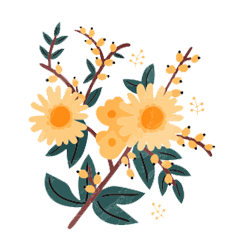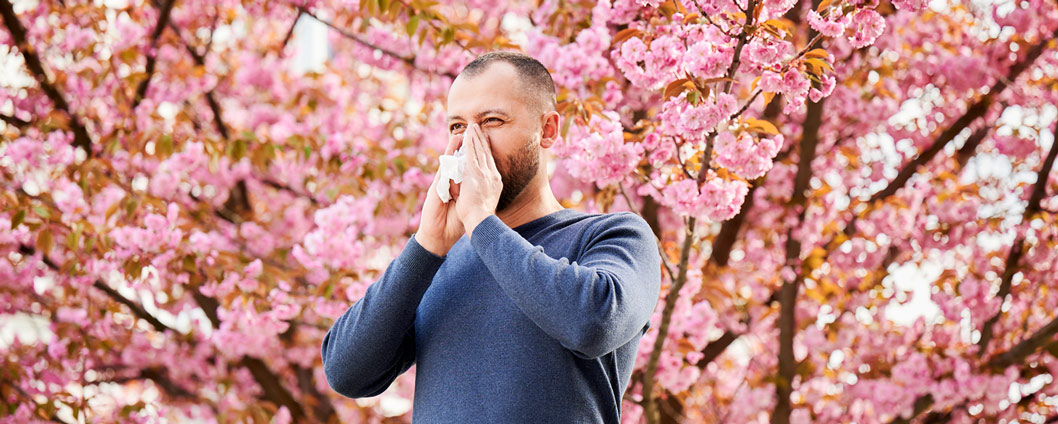Designing Beautiful, Allergy-Friendly Floral Arrangements
Flowers are meant to bring joy, but for those with allergies, they can trigger sneezing, itchy eyes, and general discomfort. As floral designers, we have the power to create stunning arrangements that everyone can enjoy, regardless of allergies. Let’s explore how to design beautiful, allergy-friendly bouquets and installations.
Understanding Floral Allergies:
Pollen is the primary culprit behind floral allergies. Dry, powdery pollen carried by the wind is the most common trigger. Therefore, flowers with heavy, sticky pollen or those pollinated by insects are generally safer for allergy sufferers.
Key Principles for Allergy-Friendly Design:
-
Choose Low-Pollen Flowers:
- Opt for flowers that produce minimal pollen or have heavy, sticky pollen that doesn’t easily disperse.
- Select flowers that are primarily insect-pollinated, as their pollen is less likely to become airborne.
-
Remove Anthers:
- If you must use flowers with higher pollen counts, carefully remove the anthers (the pollen-producing parts) before arranging them.
- This significantly reduces the risk of allergic reactions.
-
Prioritize Double Flowers:
- Double flowers have multiple layers of petals, which often means fewer pollen-producing parts.
- These flowers are generally safer for allergy sufferers.
-
Avoid Fragrant Flowers (Sometimes):
- While fragrance itself doesn’t cause allergies, strong scents can irritate the respiratory system, exacerbating allergy symptoms.
- Exercise caution with highly fragrant flowers, especially in enclosed spaces.
-
Use Fresh and Clean Flowers:
- Ensure your flowers are clean and free of loose pollen.
- Gently wipe down petals and stems with a damp cloth to remove any pollen residue.
-
Consider Greenery and Foliage:
- Incorporate plenty of lush greenery and foliage to add texture and visual interest without triggering allergies.
- Ferns, eucalyptus, and other non-flowering plants are excellent choices.
Allergy-Friendly Flower Options:
- Roses: Especially double varieties, as they produce less pollen.
- Tulips: Known for their low pollen count.
- Hydrangeas: Produce large, showy blooms with minimal pollen.
- Orchids: Especially Phalaenopsis and Cymbidium, which have heavy, sticky pollen.
- Carnations: Double carnations are a great choice.
- Daffodils: While they have some pollen, it’s generally heavy and less likely to become airborne.
- Snapdragons: Produce relatively little pollen.
- Lilies (with anthers removed): Lilies themselves are beautiful, but their anthers produce a lot of pollen. Removing them makes them a much better choice.
- Peonies: Double peonies are a very good option.
Flowers to Avoid (or Use with Caution):
- Sunflowers: Produce large amounts of light, airborne pollen.
- Chrysanthemums: Known to trigger allergies in some individuals.
- Daisies: Similar to sunflowers, they release significant amounts of pollen.
- Goldenrod: A notorious allergen.
- Baby’s Breath: Small, dry pollen can be easily airborne.
Tips for Clients with Allergies:
- Communicate Clearly: Ask your clients about any allergies or sensitivities before designing their arrangements.
- Provide Options: Offer a selection of allergy-friendly flowers and design choices.
- Label Arrangements: Clearly label arrangements as “allergy-friendly” to reassure clients.
- Educate Clients: Share information about low-pollen flowers and care tips to minimize allergy triggers.
- Consider Location: For events, consider the ventilation of the space, and keep arrangements away from high traffic areas.
By understanding the principles of allergy-friendly design and choosing appropriate flowers, we can create stunning arrangements that everyone can enjoy. Let’s make the beauty of flowers accessible to all, one breathable bouquet at a time.




